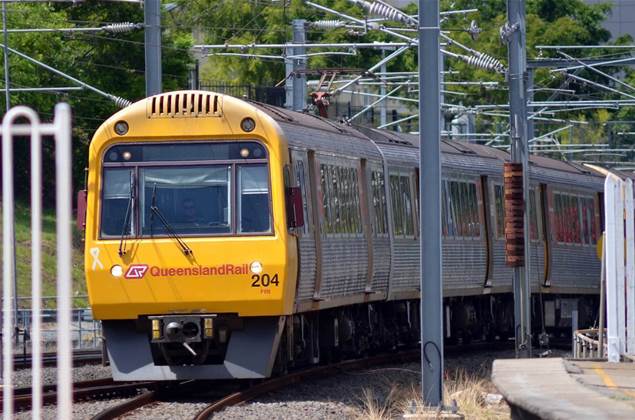Queensland Rail will “cease” direct ownership of its IT infrastructure and shift to a solely cloud-based operating environment by July next year.

The government-owned rail operator revealed the plans as part of a refresh of its managed services outfit.
Centralised IT services are currently delivered by the agency's internal provider 'ICT' in tandem with several managed service providers.
This includes overseeing 437 applications – 132 of which are considered business critical – and managing in excess of 8000 end user devices to more than 6500 staff.
The agency migrated to a managed service for data centres, service desk and on-site field support, and application management in 2012 in a bid to better handle peaks and growth in demand.
It handed Logica a $33 million deal for the work, which included managing the first phase of the move away from IT infrastructure shared with rail freight giant QR National (which has since become Aurizon).
Queensland Rail is now looking to refresh that contract, and in doing so adjust its “target operating model and services scope in order to achieve a more sustainable and beneficial business outcome”.
It wants to appoint up to two suppliers to provide core IT services for up to the next seven years.
As part of this it will ditch its IT infrastructure ownership model in favour of cloud to address challenges that stem from managing service integration from a number of internal and external providers.
“To ensure that ICT can continue to be relevant and responsive to Queensland Rail's business strategy, internal resources are focused on adding business value,” tender documents state.
“ICT is seeking to address this challenge by ceasing to have director ownership of IT infrastructure in preference to private and public cloud services.”
This will begin with “an immediate sale of data centre assets” and gradual replacement of “expendable items such as desktops by fully packaged ‘as a service’ offerings”.
The agency currently has two data centres in Brisbane, which “the [successful] supplier will be required to purchase” and transition to an IaaS cost model.
In doing so it hopes to leverage “the full extent of IaaS features such as agility and scalability”, while retaining accountability for planning, build and delivery of IT services.
It wants the first tranche of services (service integration, service management, and service desk) to transition by July 2019.
Managed application services, end user compute services, infrastructure and cloud services and security operations will then transition between July 2019 and January 2020.
The agency said it would consider appointing a supplier for each tranche, but may also use a single supplier in a bid to rationalise service providers.



.png&h=140&w=231&c=1&s=0)
_(22).jpg&h=140&w=231&c=1&s=0)




_(26).jpg&w=100&c=1&s=0)

 iTnews Executive Retreat - Security Leaders Edition
iTnews Executive Retreat - Security Leaders Edition











_(1).jpg&h=140&w=231&c=1&s=0)



